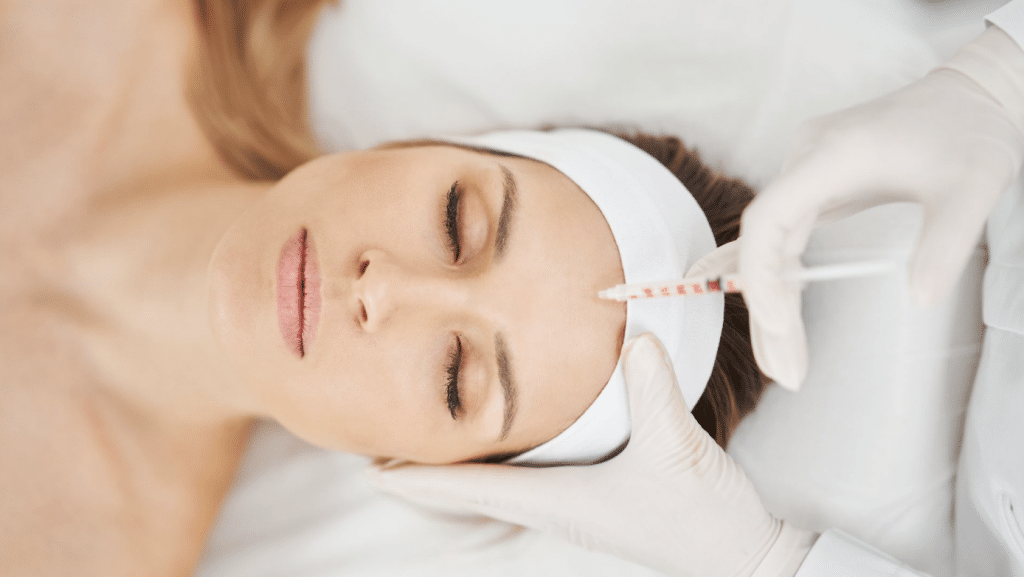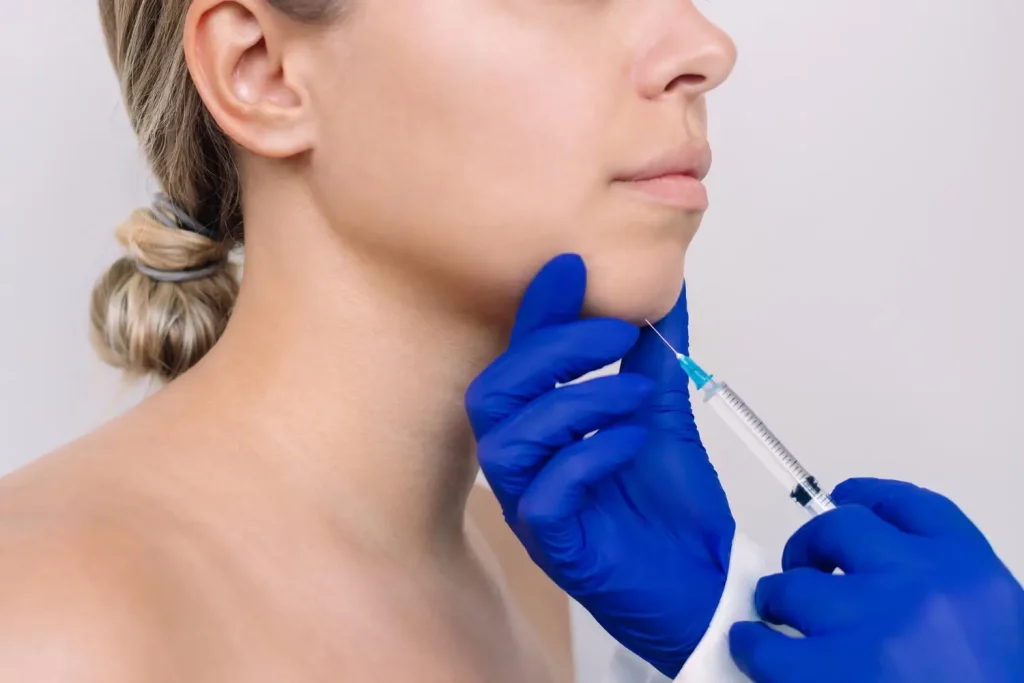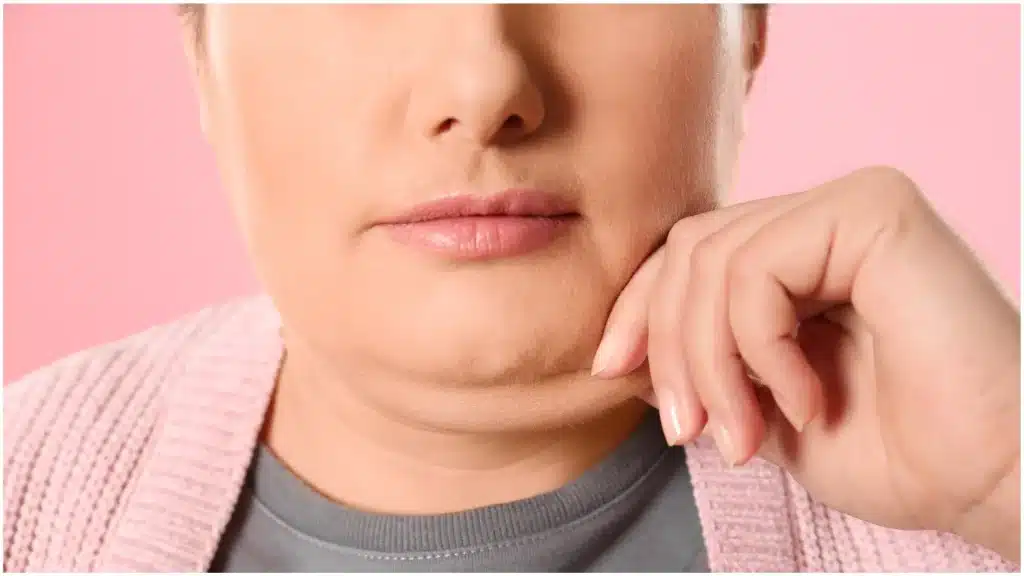Botulinum toxin has revolutionized the world of aesthetic treatments, becoming a go-to solution for reducing wrinkles and fine lines. It’s estimated that more than 4 million botulinum toxin injections were administered in the U.S. in 2020 alone, highlighting its widespread popularity.
Nabota and Xeomin, both forms of botulinum toxin, are gaining popularity for their effectiveness in reducing wrinkles and fine lines. However, understanding the differences between these products is crucial for selecting the proper treatment.
In this article, we will compare Nabota and Xeomin, focusing on their effectiveness, safety, and potential advantages to help you make an informed choice.
Key Takeaways
- Nabota and Xeomin use botulinum toxin to treat wrinkles differently. Nabota has more inactive parts, while Xeomin is purer.
- Xeomin doesn’t have extra proteins, making it less likely to cause immune reactions. This can lead to better long-term results.
- Both treatments have side effects like pain or swelling at the injection site, but they are usually mild.
- People are happy with both treatments. They work well for smoothing wrinkles and treating muscle conditions.
- Doctors choose between them based on each patient’s needs. It is essential to talk with a doctor about which one might be best for you.
About: Medical Spa RX provides medical practices with premium products at the best prices. If you’re looking to buy Nabota for your practice, the sales representatives at Medical Spa RX can give you guidance.
Introduction to Nabota and Xeomin
Nabota is a botulinum toxin type A product developed by Daewoong Pharmaceuticals. It is widely used for both aesthetic and therapeutic purposes, such as reducing wrinkles and treating conditions like muscle spasms. Known for its high purity and quick onset of results, Nabota has gained popularity as a reliable alternative to more established brands like Botox.
Xeomin, produced by Merz Pharmaceuticals, is another botulinum toxin type A product used for cosmetic and therapeutic applications. Unlike other botulinum toxin products, Xeomin is unique because it is free from complex proteins, which may reduce the risk of antibody formation and potential resistance. Xeomin is also FDA-approved and has demonstrated effectiveness in treating wrinkles and medical conditions like cervical dystonia and blepharospasm.
Composition

Nabota temporarily blocks nerve signals to targeted muscles, reducing wrinkles and treating conditions like muscle stiffness. Nabota is designed with a focus on high purity and consistent performance, making it a popular choice for both cosmetic and medical applications.
On the other hand, Xeomin is free from accessory proteins and contains only the active ingredient. This “naked” toxin reduces the risk of developing resistance over time, making it a favorable option for patients who may have built up a tolerance to other botulinum toxin treatments. The streamlined formulation ensures precise results while minimizing the likelihood of side effects.
Mechanism of Action

- Nabota: This functions by inhibiting the release of acetylcholine at the neuromuscular junction. This inhibition prevents nerve signals from reaching the muscles, causing temporary muscle paralysis. By relaxing the targeted muscles, Nabota effectively reduces the appearance of dynamic wrinkles and fine lines, providing a smoother and more youthful look.
- Xeomin: Similar to Nabota, it blocks the release of acetylcholine, leading to temporary muscle relaxation. However, Xeomin’s unique formulation, which lacks accessory proteins, may reduce the risk of antibody formation. This pure form of the toxin ensures that the treatment remains effective over time, making it a reliable option for both cosmetic and therapeutic uses.
Clinical Efficacy
Nabota has demonstrated significant clinical efficacy in both cosmetic and therapeutic applications. In clinical trials, Nabota has been shown to effectively reduce the appearance of glabellar lines (frown lines), with results comparable to those of other botulinum toxin type A products.
Studies have also indicated its efficacy in treating conditions such as cervical dystonia and spasticity, providing patients with improved muscle control and reduced symptoms. The high purity and consistent potency of Nabota contribute to its reliable performance in various clinical settings.
Xeomin has also proven to be highly effective in clinical settings, particularly due to its unique formulation without accessory proteins. This pure form of botulinum toxin type A has been shown to effectively treat glabellar lines, with clinical studies demonstrating significant improvements in wrinkle severity.
Additionally, Xeomin has been successfully used to manage medical conditions such as cervical dystonia and blepharospasm, offering patients relief from muscle spasms and improved quality of life. The absence of complexing proteins in Xeomin may reduce the risk of antibody formation, potentially enhancing its long-term efficacy.
Conditions Treated

Conditions Treated by Nabota
Nabota is a treatment for various medical and cosmetic conditions. It uses botulinum toxin to help patients.
- Muscle Spasms: Nabota eases muscle tightness and discomfort.
- Cosmetic Procedures: People use it to smooth wrinkles.
- Muscle Stiffness: It helps in reducing stiffness in muscles.
- Dystonia Management: Nabota offers relief from involuntary muscle contractions.
- Neurotoxin Concerns: Some patients prefer Nabota for its more extensive neurotoxin content, though it’s less potent than others.
- Injectable Medication Needs: IDoctors choose Nabota when treating neuromuscular disorders with injections.
- Treatment Options Exploration: Medical professionals consider it among various botulinum toxin products.
- Patient Care Improvement: Nabota enhances the quality of life for those with certain conditions.
Conditions Treated by Xeomin
Xeomin is a highly purified injectable used in both medical and aesthetic fields. Thanks to its botulinum toxin, its primary use is for treating muscle spasms and wrinkles. Here are some conditions Xeomin helps with:
- Crow’s Feet: These lines fan out from the corners of the eyes.
- Frown Lines: Xeomin smooths the lines between the eyebrows.
- Forehead Lines: It relaxes forehead muscles to reduce wrinkles.
- Cervical Dystonia: This painful condition causes neck muscles to contract involuntarily.
- Eyelid Spasms: Xeomin helps stop uncontrolled blinking or eye squinting.
- Muscle Stiffness: It eases elbow, wrist, and finger muscle stiffness.
- Chronic Sialorrhea: Xeomin reduces excessive drooling or saliva production.
Benefits
Nabota can help individuals achieve a more youthful and rejuvenated appearance. Additionally, it can provide relief for individuals suffering from medical conditions such as cervical dystonia and spasticity.
On the other hand, Xeomin provides similar benefits to Nabota, including reducing facial wrinkles and fine lines. Its purer form may offer advantages in terms of efficacy and safety, making it a preferred choice for some individuals.
Side Effects
Like all treatments, Nabota and Xeomin can have side effects. Knowing these is key when comparing its safety profile.
- Muscle weakness around the treated area may happen right after treatment.
- Some patients report pain at the injection site. This pain is usually mild and goes away quickly.
- Headaches or feeling dizzy can occur but often get better on their own.
- Eyelid drooping is possible if the toxin spreads from the injection area.
- Some patients might experience dry mouth or trouble swallowing after getting the injection.
- Patients have reported feeling tired or having flu-like symptoms following treatment.
- Rarely, skin rashes or itching can develop, suggesting an allergic reaction to the product.
Patient Satisfaction
- Nabota: Patients have shared good feedback about Nabota. They say it helps with their issues without causing new problems. Studies show that people did not get antibodies from Xeomin, and the same is likely valid for Nabota. Patient satisfaction remains high as they look forward to better results and fewer side effects in the future. Patients also compare Nabota vs. Botulax and other treatments to identify what best suits them.
- Xeomin: People are happy with Xeomin. It has a low protein content but is very powerful, which means it works well without causing immune system problems. Patients did not make antibodies against Xeomin.
Conclusion
Deciding between Nabota and Xeomin ultimately depends on your specific needs and goals. Xeomin’s highly purified formulation is ideal for those concerned about developing resistance or seeking a cleaner option with fewer accessory proteins. On the other hand, Nabota offers reliable results and has proven effective for a wide range of patients.
Both treatments are effective in reducing wrinkles and addressing certain medical conditions. Consulting with a qualified doctor is the best way to determine which option is right for you. Their expertise can guide you toward the treatment that aligns best with your aesthetic or therapeutic goals.
FAQs
1. What is the difference between Nabota and Xeomin?
Nabota and Xeomin are both types of injectable treatments, but they have some differences. While both are used to treat wrinkles, their composition varies.
2. Which one is better – Nabota or Xeomin?
The choice between Nabota and Xeomin depends on factors such as your skin type, desired results, and cost considerations.
3. Are there any side effects of using either Nabota or Xeomin?
Like all treatments, Nabota and Xeomin can cause side effects. It’s important to discuss these with your doctor before starting treatment.
4. Can I switch from using one product to another?
It’s possible, but you should always consult with a healthcare professional first. They can provide guidance based on your individual needs and circumstances.
References
American Society of Plastic Surgeons. (2020). Plastic surgery statistics report. https://www.plasticsurgery.org/documents/News/Statistics/2020/plastic-surgery-statistics-full-report-2020.pdf
Frevert, J., Ahn, K. Y., Park, M. Y., & Sunga, O. (2018). Comparison of botulinum neurotoxin type A formulations in Asia. Clinical, cosmetic and investigational dermatology, 11, 327–331. https://doi.org/10.2147/CCID.S160723
MIMS Philippines. (n.d.). Nabota. MIMS. Retrieved August 12, 2024, from https://www.mims.com/philippines/drug/info/nabota?type=full



















